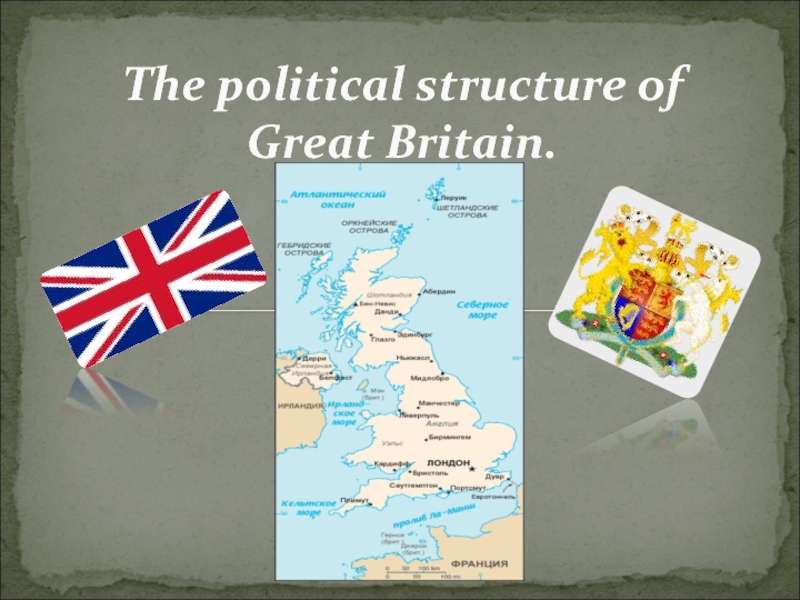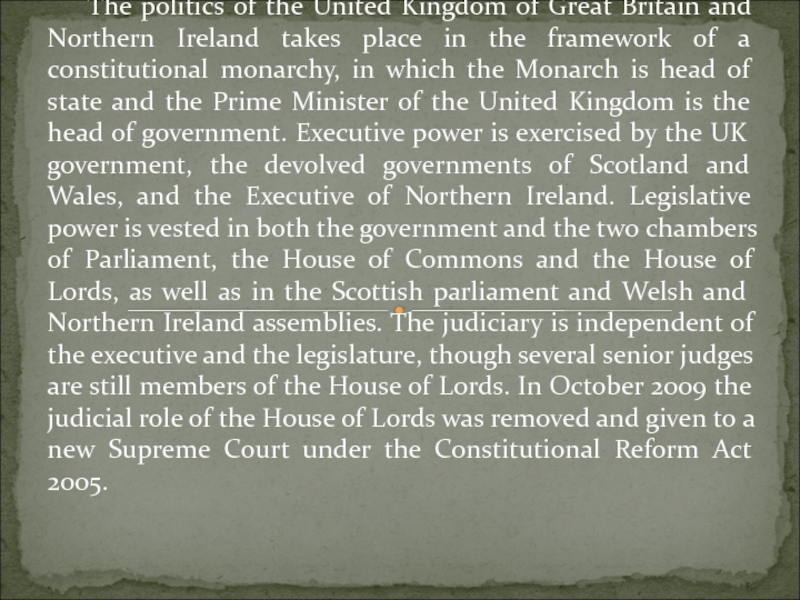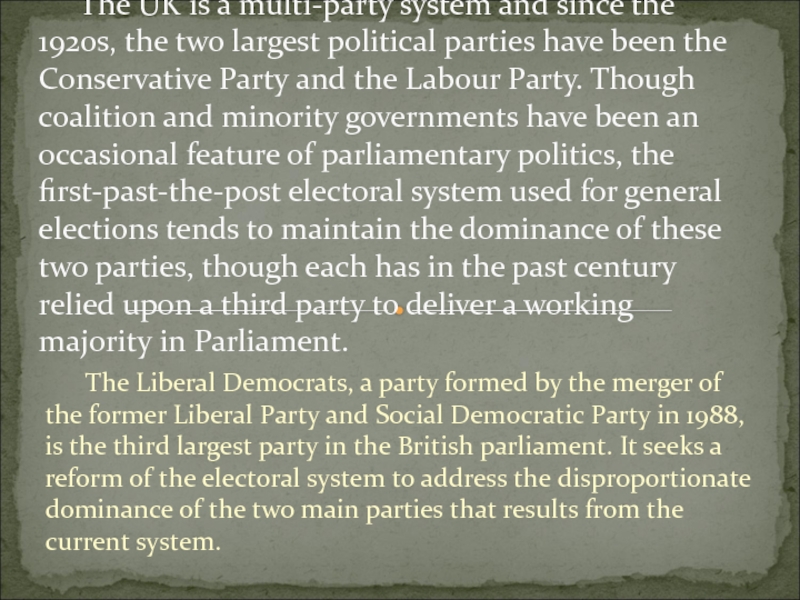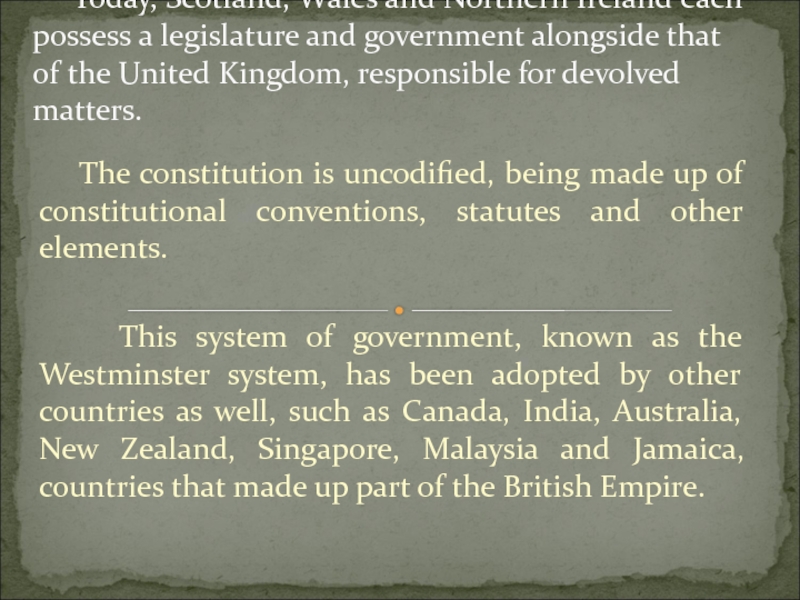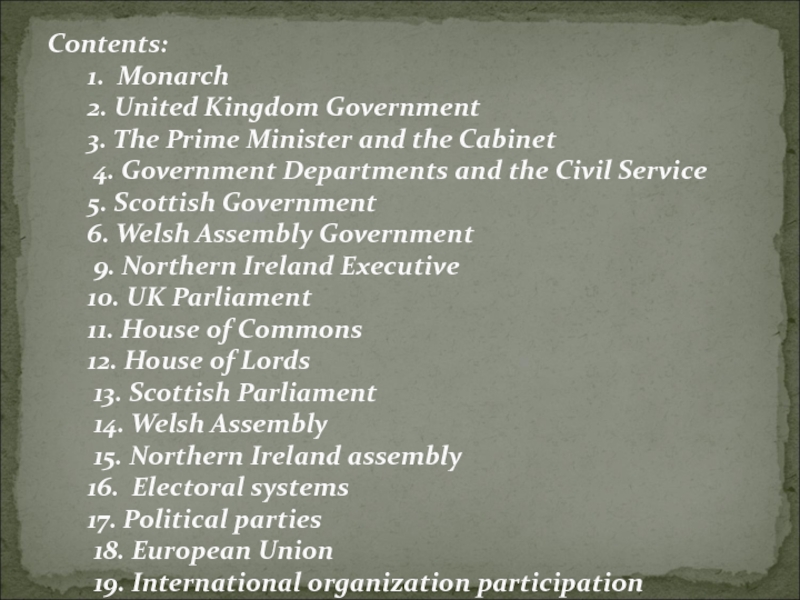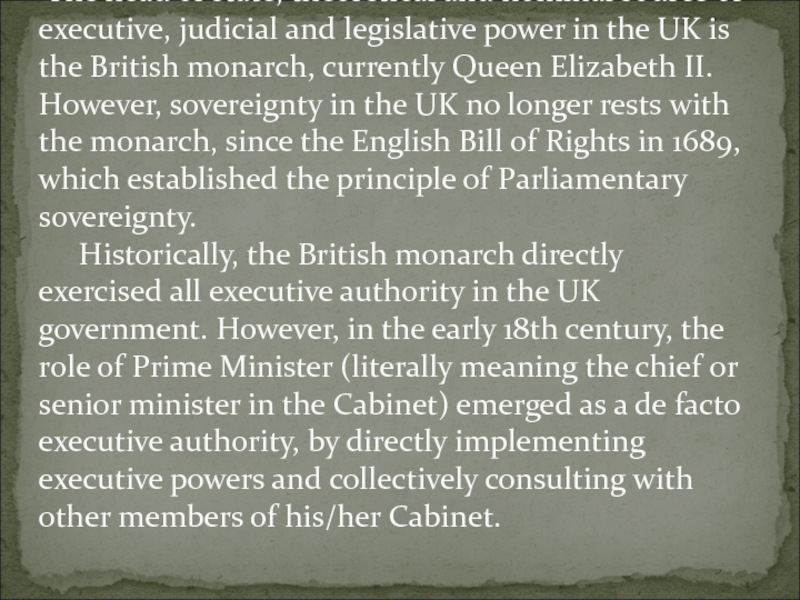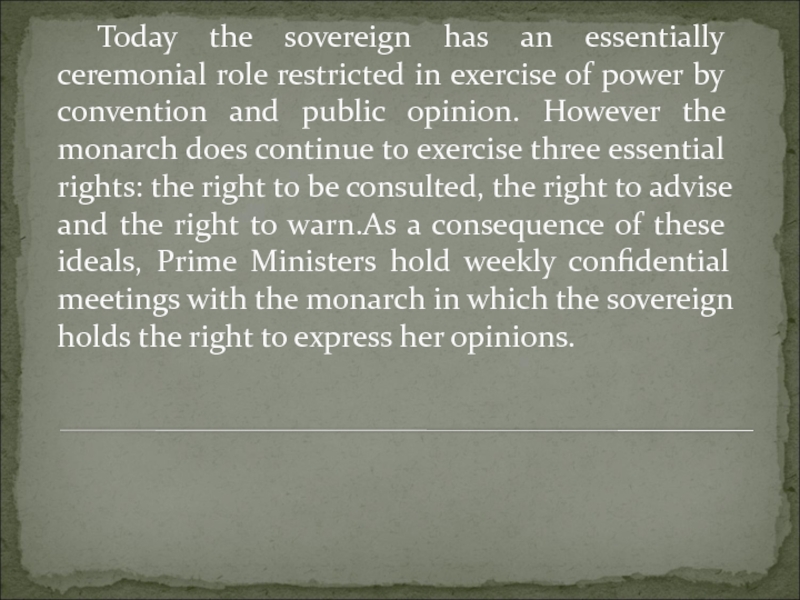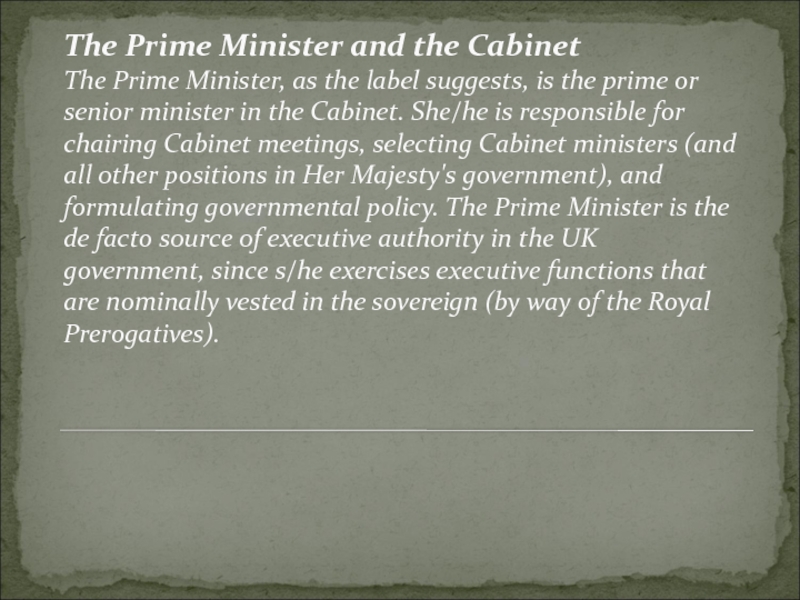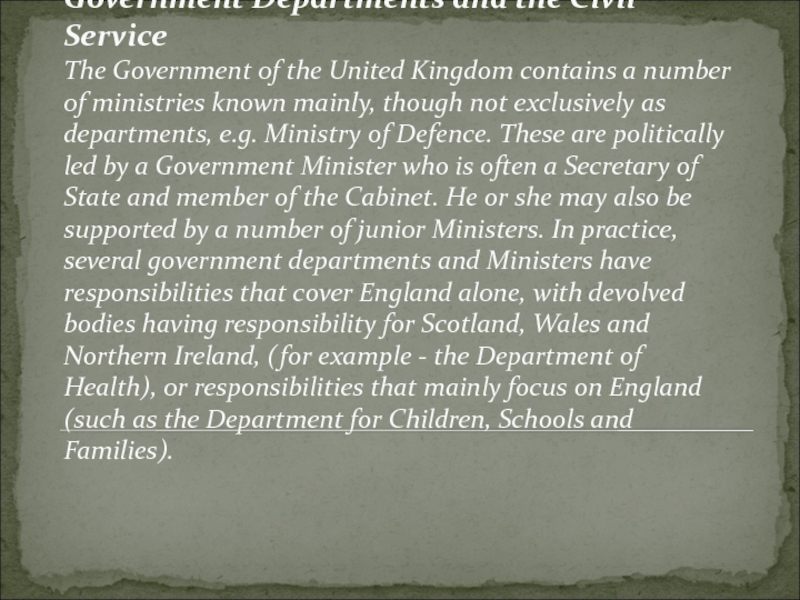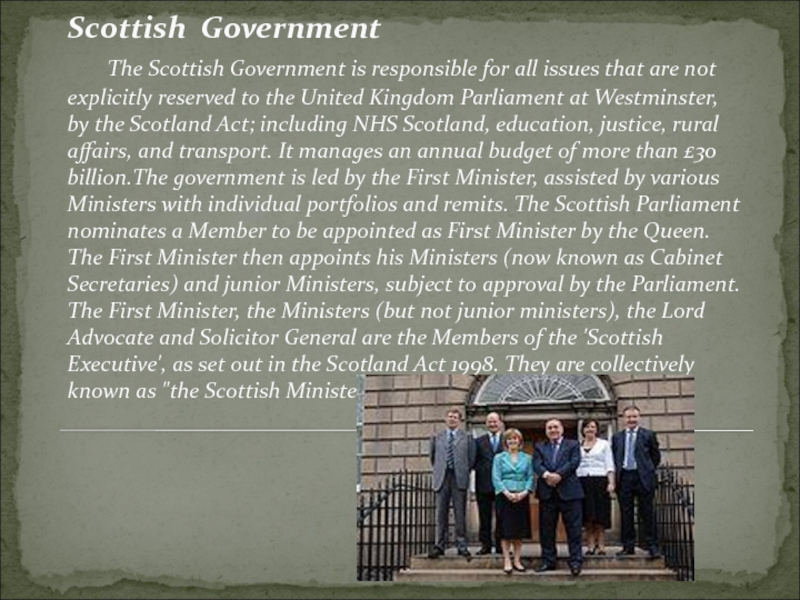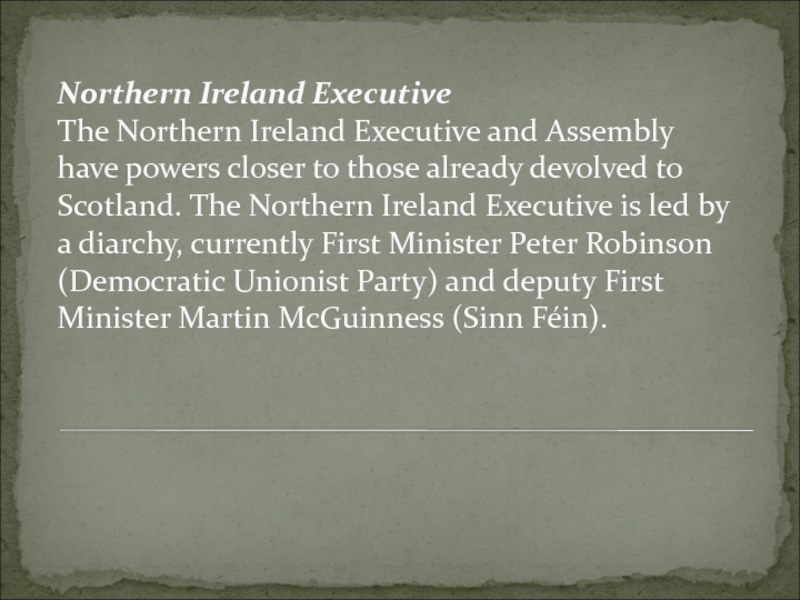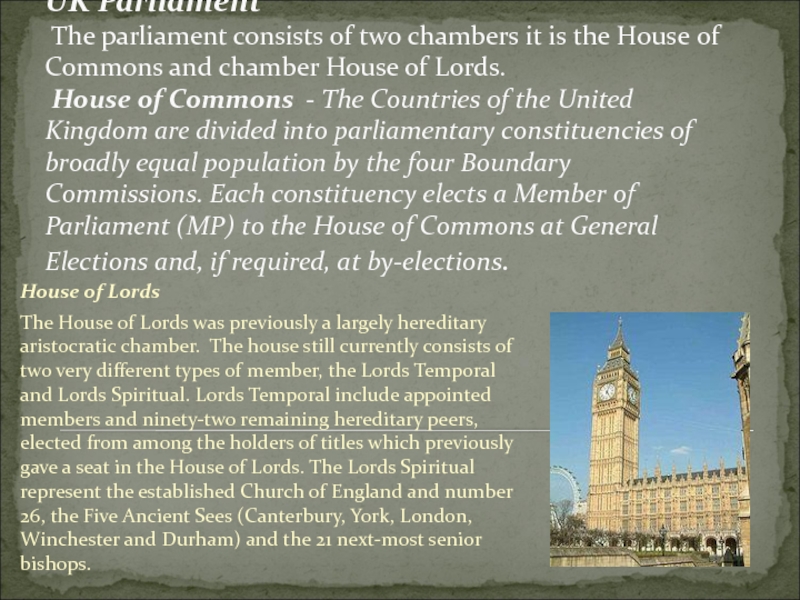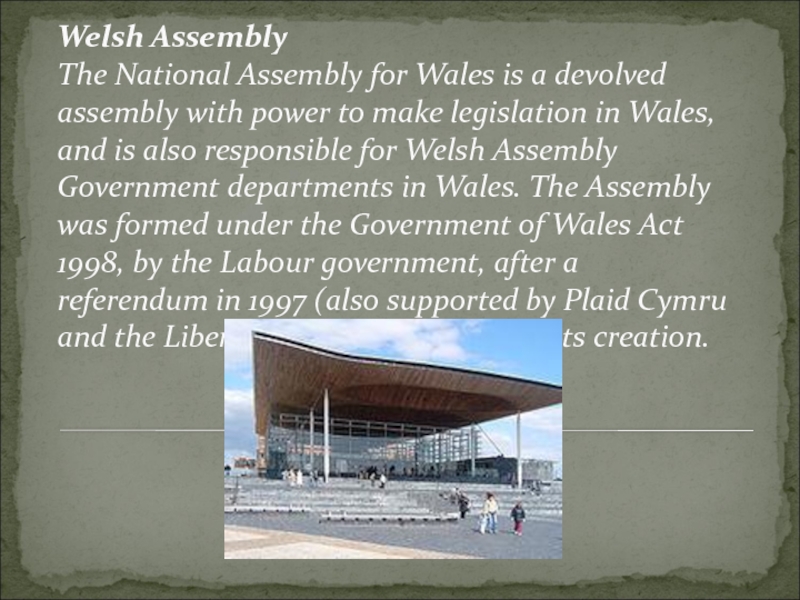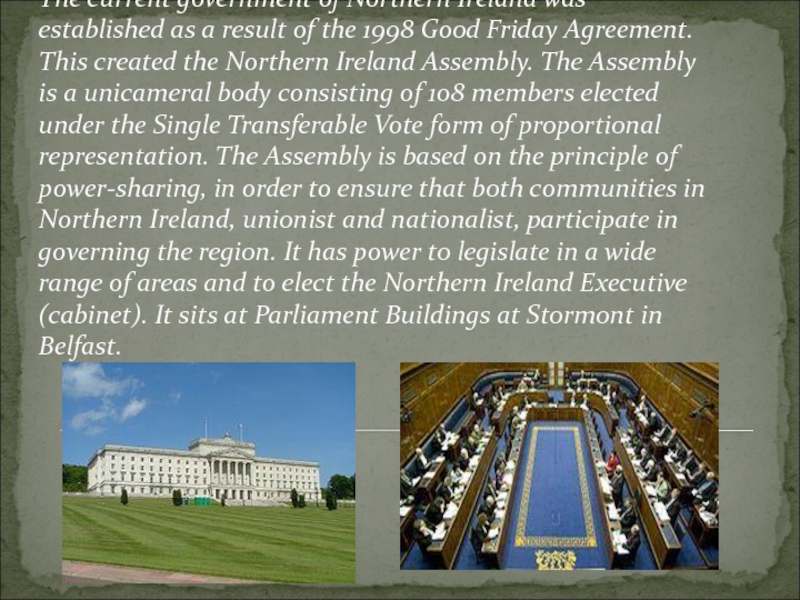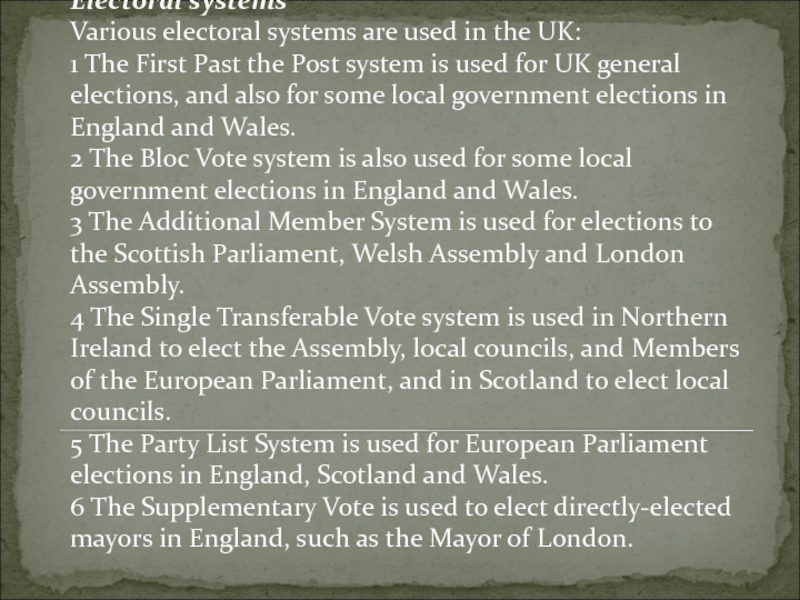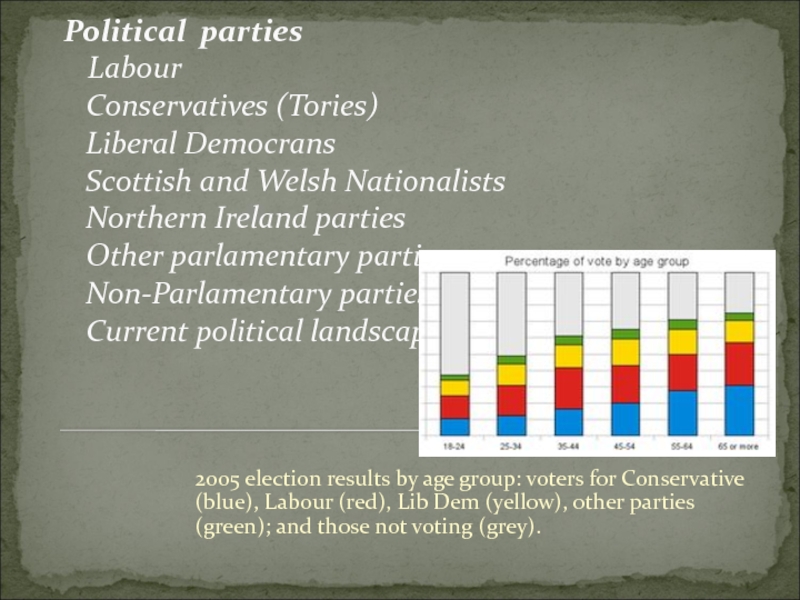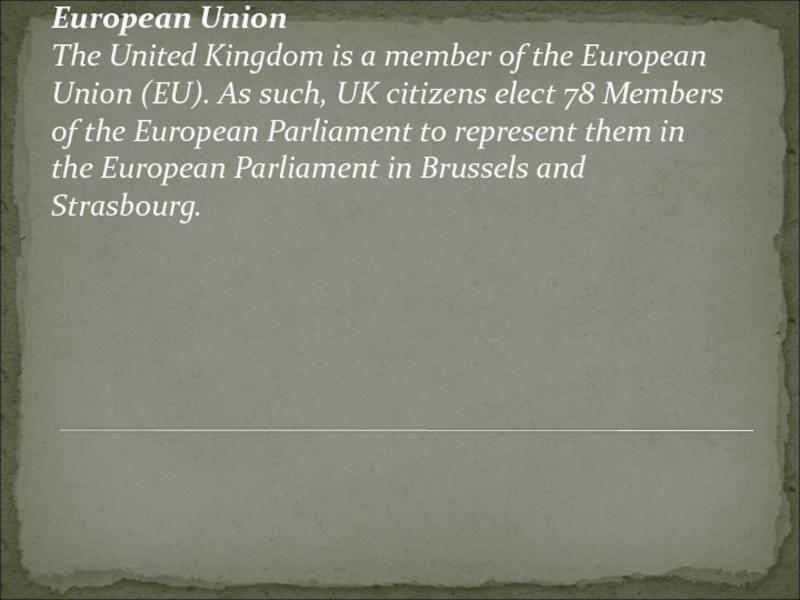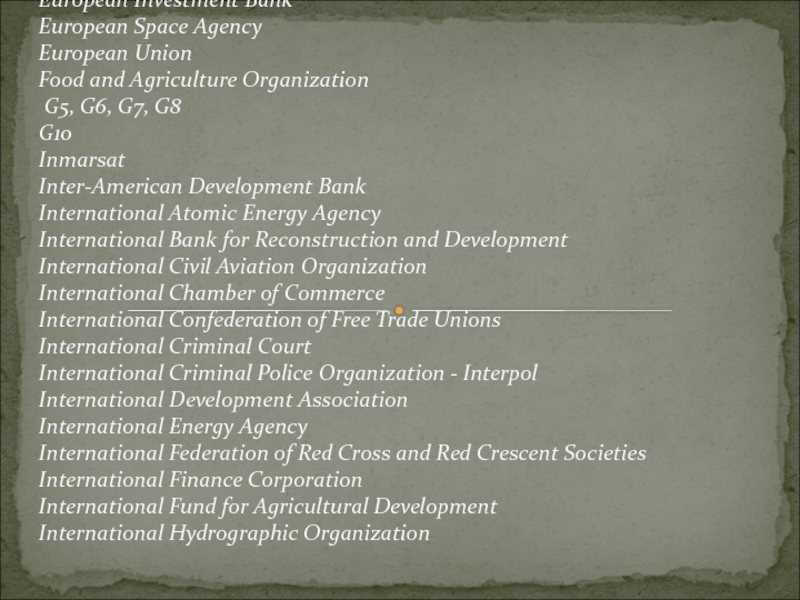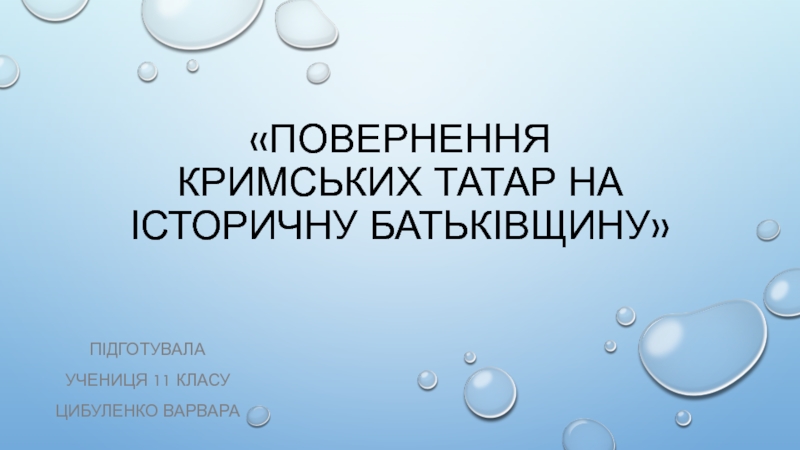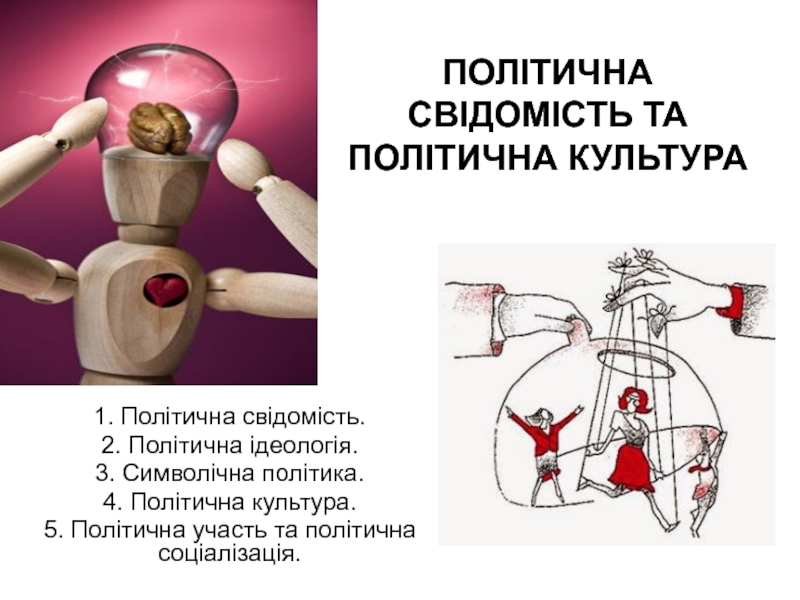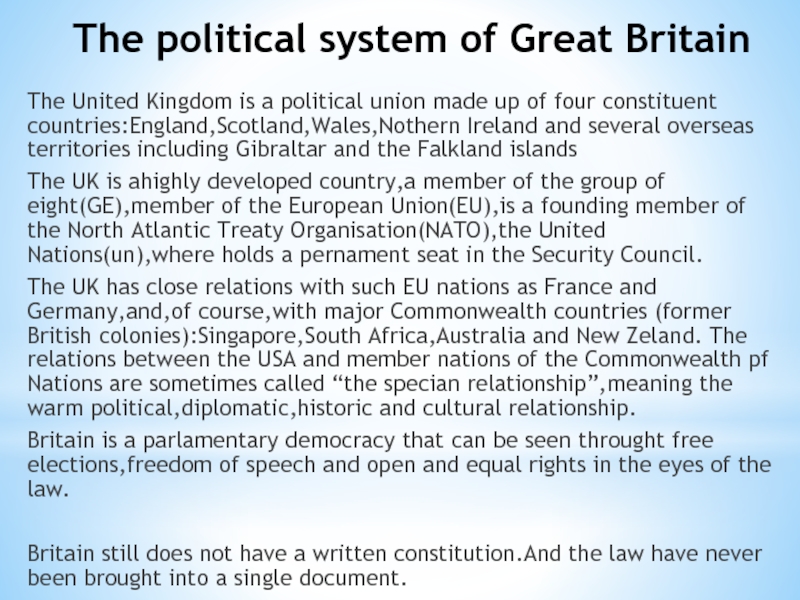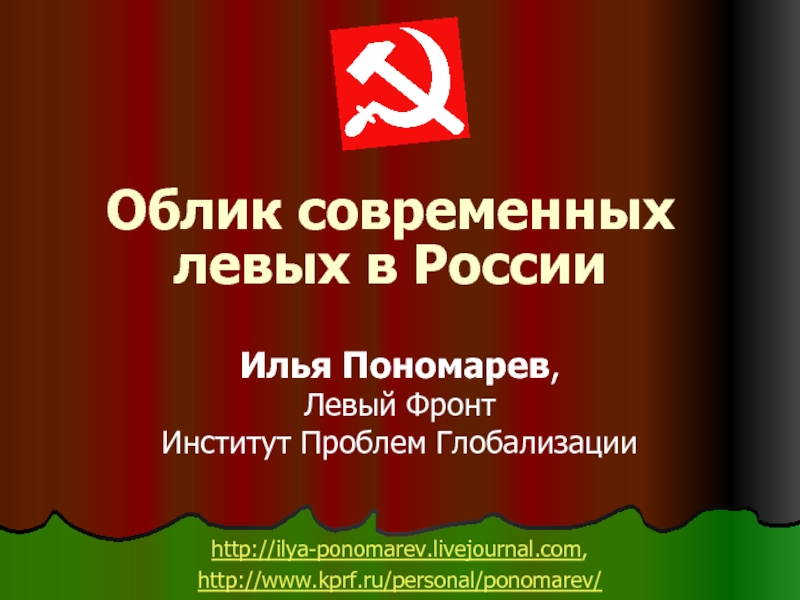- Главная
- Разное
- Дизайн
- Бизнес и предпринимательство
- Аналитика
- Образование
- Развлечения
- Красота и здоровье
- Финансы
- Государство
- Путешествия
- Спорт
- Недвижимость
- Армия
- Графика
- Культурология
- Еда и кулинария
- Лингвистика
- Английский язык
- Астрономия
- Алгебра
- Биология
- География
- Детские презентации
- Информатика
- История
- Литература
- Маркетинг
- Математика
- Медицина
- Менеджмент
- Музыка
- МХК
- Немецкий язык
- ОБЖ
- Обществознание
- Окружающий мир
- Педагогика
- Русский язык
- Технология
- Физика
- Философия
- Химия
- Шаблоны, картинки для презентаций
- Экология
- Экономика
- Юриспруденция
The political structure of Great Britain презентация
Содержание
- 1. The political structure of Great Britain
- 2. The politics of the United Kingdom
- 3. The Liberal Democrats, a party formed by
- 4. The constitution is uncodified, being made up
- 5. Contents: 1. Monarch 2. United Kingdom Government
- 6. The head of state, theoretical and
- 7. Today the sovereign has an essentially ceremonial
- 8. The United Kingdom Government The monarch appoints
- 9. The Prime Minister and the Cabinet The
- 10. Government Departments and the Civil Service The
- 11. Scottish Government The Scottish Government is responsible
- 12. Northern Ireland Executive The Northern Ireland Executive
- 13. UK Parliament The parliament consists of
- 14. Scottish Parliament The Scottish Parliament is the
- 15. Welsh Assembly The National Assembly for Wales
- 16. Northern Ireland assembly The current government of
- 17. Electoral systems Various electoral systems are used
- 18. Political parties Labour
- 19. European Union The United Kingdom is a
- 20. International organization participation African Development Bank
Слайд 2
The politics of the United Kingdom of Great Britain and Northern
Слайд 3 The Liberal Democrats, a party formed by the merger of the
The UK is a multi-party system and since the 1920s, the two largest political parties have been the Conservative Party and the Labour Party. Though coalition and minority governments have been an occasional feature of parliamentary politics, the first-past-the-post electoral system used for general elections tends to maintain the dominance of these two parties, though each has in the past century relied upon a third party to deliver a working majority in Parliament.
Слайд 4 The constitution is uncodified, being made up of constitutional conventions, statutes
This system of government, known as the Westminster system, has been adopted by other countries as well, such as Canada, India, Australia, New Zealand, Singapore, Malaysia and Jamaica, countries that made up part of the British Empire.
Today, Scotland, Wales and Northern Ireland each possess a legislature and government alongside that of the United Kingdom, responsible for devolved matters.
Слайд 5Contents: 1. Monarch 2. United Kingdom Government 3. The Prime Minister and the
Слайд 6 The head of state, theoretical and nominal source of executive,
Слайд 7 Today the sovereign has an essentially ceremonial role restricted in exercise
Слайд 8The United Kingdom Government The monarch appoints a Prime Minister as the
Слайд 9The Prime Minister and the Cabinet The Prime Minister, as the label
Слайд 10Government Departments and the Civil Service The Government of the United Kingdom
Слайд 11Scottish Government The Scottish Government is responsible for all issues that are
Слайд 12Northern Ireland Executive The Northern Ireland Executive and Assembly have powers closer
Слайд 13UK Parliament The parliament consists of two chambers it is the
House of Lords
The House of Lords was previously a largely hereditary aristocratic chamber. The house still currently consists of two very different types of member, the Lords Temporal and Lords Spiritual. Lords Temporal include appointed members and ninety-two remaining hereditary peers, elected from among the holders of titles which previously gave a seat in the House of Lords. The Lords Spiritual represent the established Church of England and number 26, the Five Ancient Sees (Canterbury, York, London, Winchester and Durham) and the 21 next-most senior bishops.
Слайд 14Scottish Parliament The Scottish Parliament is the national, unicameral legislature of Scotland,
Слайд 15Welsh Assembly The National Assembly for Wales is a devolved assembly with
Слайд 16Northern Ireland assembly The current government of Northern Ireland was established as
Слайд 17Electoral systems Various electoral systems are used in the UK: 1 The First
Слайд 18Political parties Labour Conservatives (Tories) Liberal Democrans
2005 election results by age group: voters for Conservative (blue), Labour (red), Lib Dem (yellow), other parties (green); and those not voting (grey).
Слайд 19European Union The United Kingdom is a member of the European Union
